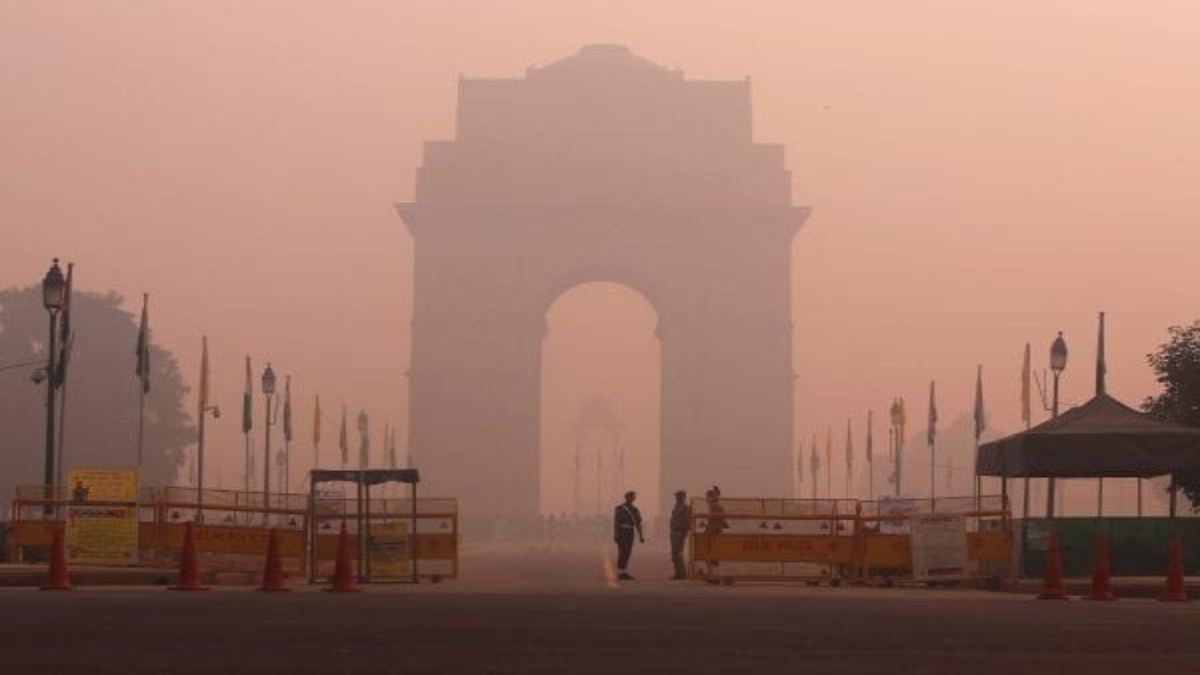


Post Thursday’s Diwali, residents of the National Capital Region (NCR) woke up to a thick blanket of smog on Friday as pollution levels in Delhi-NCR shot up to “hazardous” levels, with air quality index (AQI) in Delhi and its neighbouring areas crossing the 450-mark (the government mandates air quality index above 350 as hazardous).
The Particulate Matter (PM) 2.5 concentration in Delhi’s Anand Vihar remained around the 467-mark throughout the day on Friday, while at New Delhi’s Mandir Marg the PM 2.5 concentration was recorded to be around 464 on Friday evening, according to Central Pollution Control Board (CPCB) data.
Pollution levels across all stations in Delhi-NCR remained at the “hazardous” level throughout the day on Friday, with a thick smog turning the capital city’s daylight into dusk.
The neighbouring cities of Gurgaon, Noida and Faridabad also recorded AQI levels of more than 450 throughout Friday, making it the season’s most polluted air quality so far.
The PM 2.5 level in Gurgaon was around 475 throughout Friday, while in Haryana’s Faridabad the AQI levels were over 490 on Friday. In Noida, the PM 2.5 level was also around 479, according to CPCB data.
AQI is to measure the concentration of poisonous particulate matter, PM 2.5 in per cubic metre of air. PM 2.5 is a very tiny particulate matter in the air, which is five times finer than a human hair and has the ability to penetrate into the lungs and cardiovascular system of human beings.
The WHO recommended mandate for healthy air is when PM 2.5 remains around 5 to 10 micrograms per cubic metre of air, while Delhi-NCR is witnessing 90 times’ the rise in poisonous particulate matter.
Several people across Delhi-NCR complained of itchy throat, watery eyes and an irritable nose, since Friday morning, as the cracker ban in Delhi-NCR went up in the smoke, drastically increasing the pollution levels.
Crackers in Delhi were being burnt since Thursday evening and went on into early Friday morning, this despite the Supreme Court as well the Delhi government issuing strong orders against sale and use of crackers in Delhi and NCR. However, little compliance could be witnessed in the Capital.
However, according to Delhi Police, the cops have been able to arrest 143 people on the Diwali night for failing to comply with the cracker ban order of the city’s government. While the Police registered over 210 cases of cracker ban in Delhi.
The matter was compounded by stubble burning in Punjab, which caused major smog to shroud the whole of Delhi-NCR.